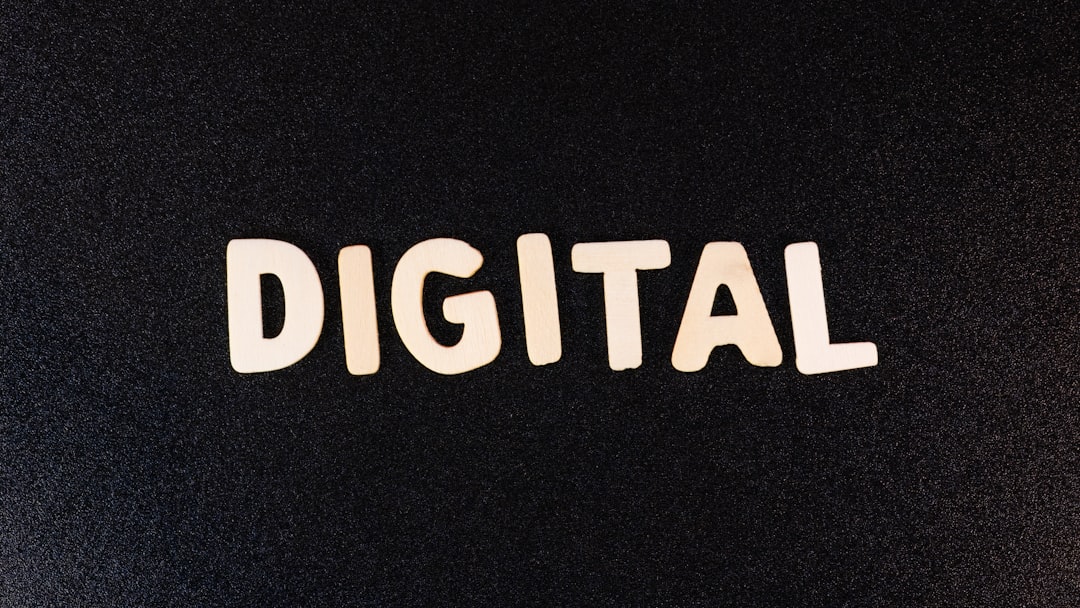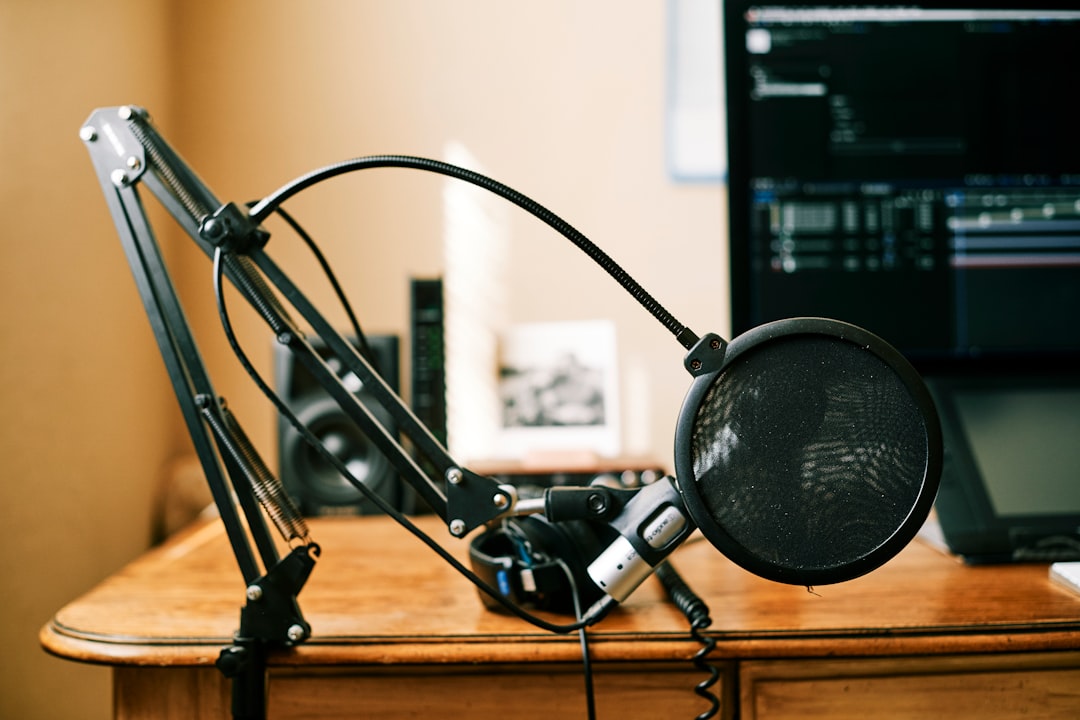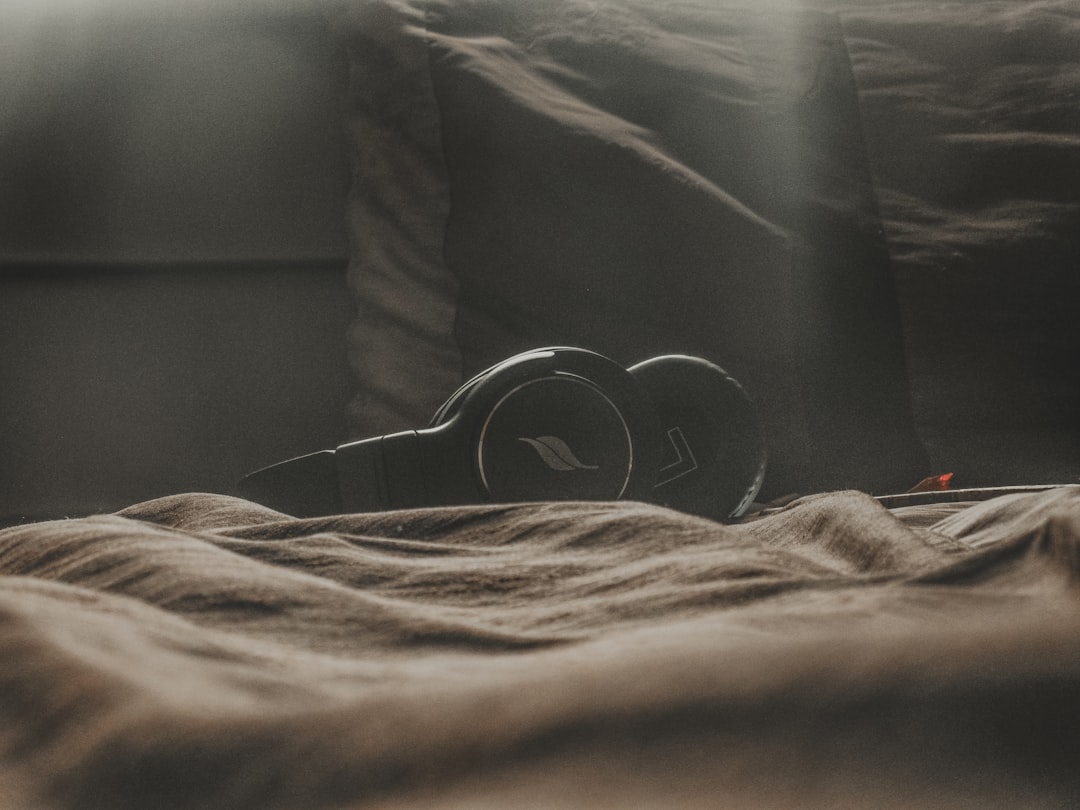How I Integrate Audio Learning Into My Daily Routine (my Listening Habits).
In a world overflowing with information, finding effective ways to absorb knowledge without adding more screen time to my day has become a personal quest. For me, the answer lies in audio learning. It’s not just about passively listening; it’s about a deliberate, integrated approach that transforms otherwise mundane moments into powerful learning opportunities. This isn’t a theoretical guide; it’s a deep dive into my actual listening habits, the specific times I plug in, what I choose to consume, and the strategies I’ve honed to make audio learning a cornerstone of my daily routine and continuous personal growth.
My Morning Ritual: Waking Up to New Ideas and Insights
My day starts early, typically before the sun fully graces the horizon. This quiet period is gold for audio learning. Instead of immediately reaching for my phone to scroll through social media or news feeds, I slip on my headphones. This isn’t just about avoiding distractions; it’s about priming my mind for learning and intention. My morning audio choices are usually a mix of motivational podcasts, short lessons on a new skill I’m developing, or a chapter from a non-fiction audiobook.
The Gentle Wake-Up Call: Curated Content Over Alarms
I’ve configured my smart speaker to gently wake me with a pre-selected podcast episode or an audiobook chapter, rather than an abrupt alarm. This subtle shift makes waking up less jarring and immediately immerses me in a learning mindset. While I make coffee and prepare breakfast, I’m absorbing information on topics ranging from neuroscience to entrepreneurial strategies. This habit ensures that even before I sit down at my desk, my brain has already engaged with something meaningful and stimulating. It sets a productive, curious tone for the rest of my day.
Transforming Commute & Chores: Learning on the Move
For many, commuting is dead time. For me, it’s prime learning time. Whether I’m walking to the gym, driving to an appointment, or even just doing the dishes, these moments are systematically converted into opportunities for knowledge acquisition. This is where the bulk of my audio learning happens, turning otherwise unproductive periods into moments of growth.
Navigating the Daily Journey with Purposeful Listening
My commute, whether it’s a brisk 20-minute walk or a longer drive, is exclusively dedicated to audiobooks or in-depth educational podcasts. I choose content that requires a bit more focus but doesn’t demand visual attention. Think historical narratives, complex scientific explanations, or detailed business analyses. I’ve found that the rhythmic motion of walking or driving can actually enhance my concentration, allowing me to process dense information more effectively. This habit ensures that by the time I reach my destination, I’ve not only covered ground physically but also mentally, often arriving with new ideas or perspectives to ponder.
Making Tedious Tasks Terrific: Audio as a Productivity Partner
Chores like cleaning, cooking, or gardening often feel like a drain on valuable time. This is where audio learning truly shines as a productivity partner. I pair these activities with lighter, yet still informative, audio content. This could be interviews with experts in various fields, language learning lessons, or summaries of current events with insightful commentary. The key here is finding a balance: content that is engaging enough to hold my attention but doesn’t require such intense focus that it detracts from the task at hand. It transforms mundane tasks into multi-tasking triumphs, where my hands are busy, but my mind is actively engaged in learning something new. This approach makes me look forward to chores, knowing they come with a built-in learning session.

Strategic Selection: Curating My Audio Diet
With an endless ocean of audio content available, strategic selection is paramount to avoid information overload and ensure I’m learning effectively. My approach isn’t random; it’s a carefully curated “audio diet” that aligns with my personal and professional development goals.
Defining My Learning Objectives for Focused Listening
Before I even hit play, I often have a clear idea of what I want to learn or explore. Am I trying to understand a new marketing concept? Dive deeper into a philosophical idea? Or simply expand my general knowledge? This clarity helps me choose specific podcasts, audiobooks, or lecture series. I maintain a running list of topics and recommendations, often cross-referencing insights from books I’ve read or articles I’ve come across. This targeted approach prevents aimless listening and ensures that every minute I spend with my headphones on is contributing to a larger learning objective.
Balancing Depth and Breadth: The 70/30 Rule
My audio diet isn’t solely focused on deep dives. I follow a rough 70/30 rule: 70% of my listening is dedicated to in-depth learning directly related to my goals (e.g., a specific skill, industry trends, personal development frameworks). The remaining 30% is for broader exposure – exploring new fields, listening to diverse perspectives, or simply indulging in curiosity-driven learning. This balance keeps my learning fresh and prevents burnout while ensuring consistent progress in my core areas of interest. It also introduces serendipitous discoveries, leading me down fascinating new paths I might not have considered otherwise.
Active Engagement: Beyond Passive Listening
True learning from audio goes beyond simply letting sound wash over you. For me, it involves active engagement, ensuring the information sticks and can be applied. This is where my “listening habits” truly evolve into “learning habits.”
The Power of Pausing and Pondering
I rarely listen to an entire hour-long podcast or audiobook chapter without hitting pause. These pauses are crucial. They give me time to process complex ideas, connect new information with existing knowledge, or simply reflect on what was just said. Sometimes, I’ll even rewind a few seconds to re-listen to a particularly insightful point. This deliberate pausing transforms passive reception into active mental processing, significantly improving comprehension and retention. It’s akin to highlighting a passage in a book, but done entirely in my mind.
Note-Taking and Summarization: Solidifying Knowledge
While I can’t always jot down notes during a commute or workout, I have a system for capturing key takeaways. I use a voice recorder app on my phone for quick thoughts, or if I’m at my desk, I’ll use a digital note-taking tool. After a particularly dense session, I’ll dedicate a few minutes to summarize what I’ve learned in my own words. This practice of active listening techniques and summarization helps solidify the information in my long-term memory. It’s not about transcribing, but about synthesizing the core ideas and making them my own. This also helps me connect the dots between different audio sources and see the bigger picture.
Overcoming the Learning Lull: My Strategies for Sustained Audio Engagement
Even with the best intentions, maintaining a consistent audio learning routine can be challenging. Distractions, waning motivation, or simply feeling overwhelmed can derail progress. I’ve developed several personal strategies to keep my engagement high and my learning continuous.
Varying Content and Formats to Keep Things Fresh
One of my most effective strategies is




Post Comment